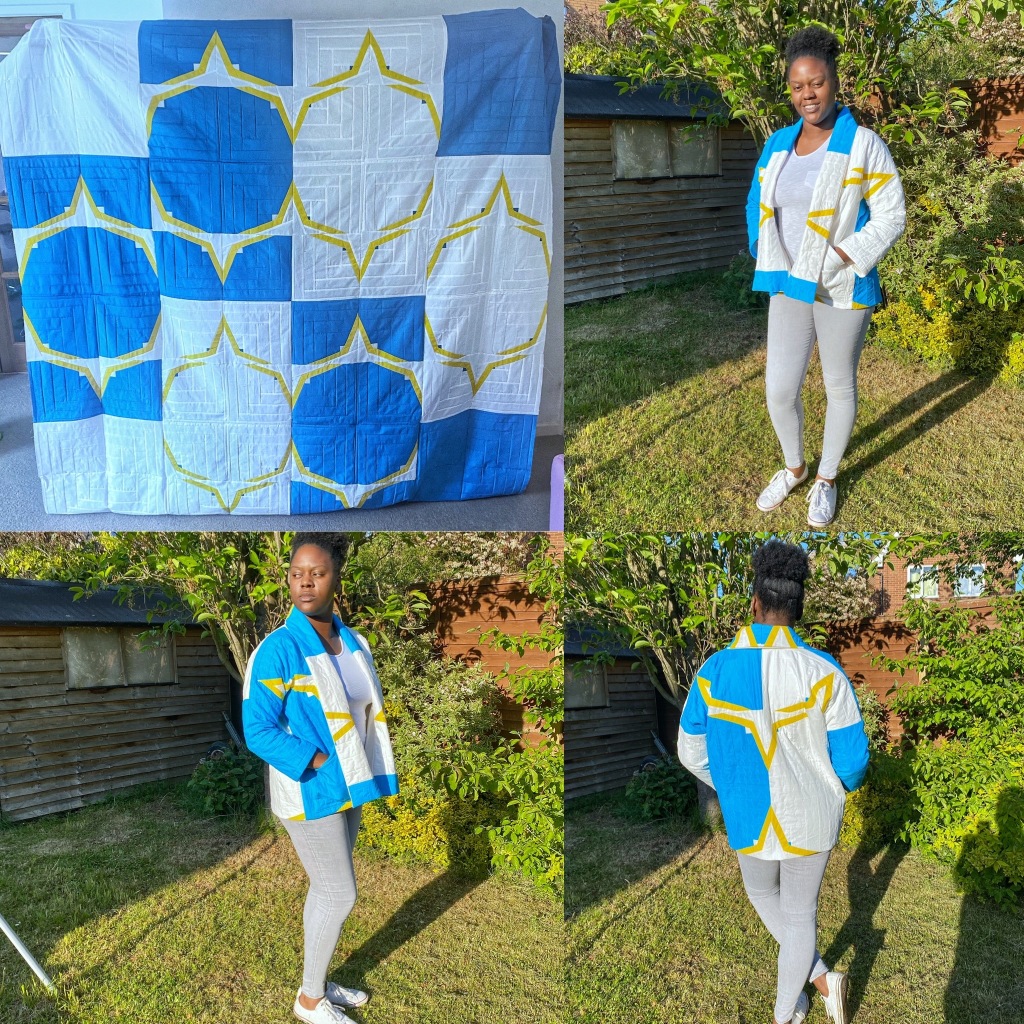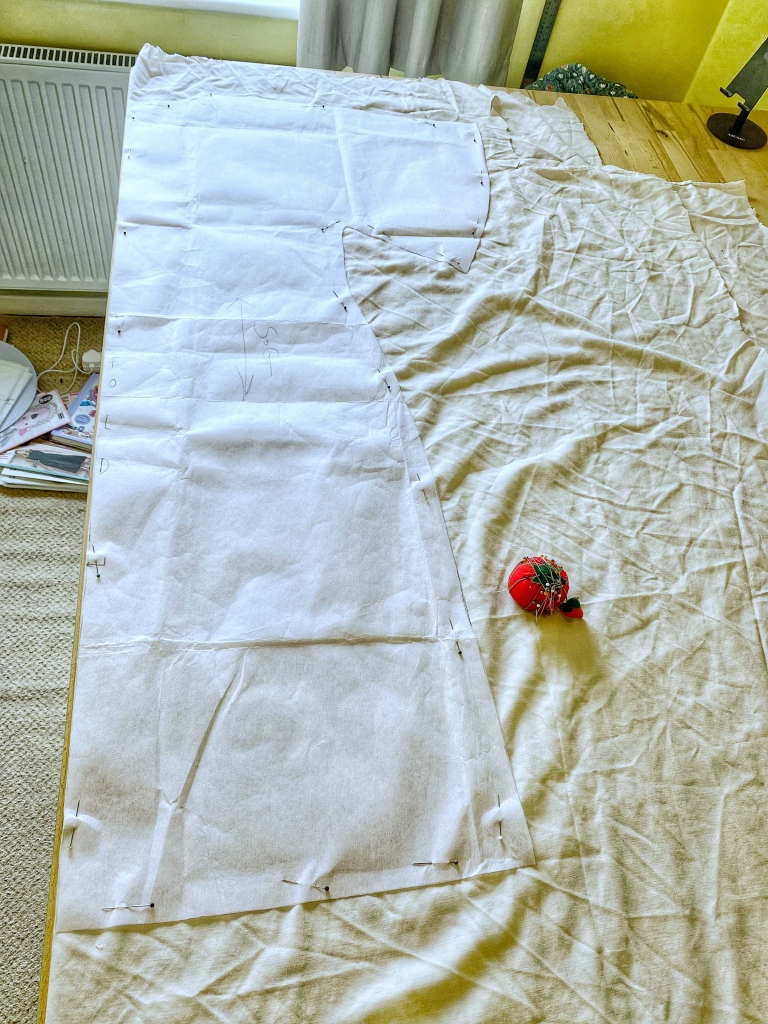When I first started sewing, I thought that fabric stores, both online and in-store, were daunting places. There were so many types of fabric to choose from and I didn’t have a clue where to start. You needn’t feel daunted. Here are some of the things to consider when you are choosing which fabric to use, as a beginner. They will help you to make the best fabric choices for your individual sewing needs.
Project Type
Firstly, consider the project that you are undertaking and the fabric requirements. Do you need it to be durable and hard-wearing? Is it important that it’s lightweight and breathable? Do you have a specific project in mind? For example, if your project is going to be a curtain, you will want to choose fabric that is suitable for curtain-making. If you are making a garment, the pattern will provide you with a list of fabric types to use, for the best possible finish to be achieved. Your fabric choice will be dependent upon the design and the fit of the garment. Most online stores will list the suitability of their fabrics for particular types of sewing, i.e. dressmaking, crafts, quilting, etc. When shopping in-store, there will be people on hand with a wealth of knowledge, who will be more than happy to provide guidance on the best fabric to choose for your project.


Fabric Type
When you are new to sewing, it will understandably take you more time to complete your projects. The last thing you want to do is add to a project’s complexity or completion time by using fabrics that will be challenging to sew. The properties of the fabric you choose will have an impact on how it behaves while you are sewing. A good place to start is to choose a woven fabric, such as cotton. It comes in a variety of weights, patterns and colours and is easy to handle. It won’t stretch out of shape or move around much while you are cutting out your patterns, pinning, or sewing. Once you grow in confidence and ability, you can start to experiment with the type of fabrics you use.
Fabric Preference
Do you have a particular type of fabric you feel comfortable sewing with? Maybe, you only like to sew with woven fabric. Perhaps using fabric with a bit more stretch, like jersey, is your preference. Has your confidence in your sewing increased and you like the challenge of taking on trickier fabrics, such as silk or satin. There is a lot to be said for choosing fabric that you feel most comfortable or competent using. While it’s great to challenge ourselves in our sewing, and learn new skills and techniques, sewing should be fun. When you choose fabric that you like to work with, the experience is much more enjoyable, the finish of your projects are better and overall, you are more likely to continue on your sewing journey.


Budget
Setting yourself a budget for your fabric purchases will help you to prioritise which fabric you need and what can be left for another time. Purchasing fabric doesn’t have to break the bank. It’s very easy to overspend, especially if you have multiple projects to complete. Speaking from personal experience, when I first started sewing I did not regularly set myself a fabric budget and I would get carried away buying fabric that looked aesthetically pleasing. Then, when I was ready to use it, I’d realise that I either had no idea how to sew with it, or that it wasn’t suitable for the projects I wanted to make. I ended up buying more fabric and essentially let the other fabric go to waste by not using it.
Make sure that not only are you getting your money’s worth out of the fabric you buy, but that you are actually using it. I also found that if I bought anything that was expensive, I’d become fearful of using it, in case I ruined it. The most important thing is not to let fabric become a barrier that prevents you from sewing as often as you would like. If that means choosing the cheaper option because you won’t be worrying about making mistakes, then so be it. It’s much more beneficial to be practising your sewing and learning from your mistakes, than hardly sewing at all and having gorgeous fabric that you’ll never use.
Fabric Sustainability
Sustainability is an important topic and definitely worth taking into consideration when choosing fabric. Upcycling is a sustainable way to be creative and build on your basic sewing skills. We all have items of clothing that we hardly wear, or the fit isn’t quite right. Instead of throwing them away, you could turn them into different garments, or into something else completely, such as a memory quilt, or a cushion. The possibilities are endless! Bedsheets and duvet covers can be used for your sewing projects. If you’d prefer to purchase new bedsheets to use for your sewing projects, they are relatively inexpensive to buy. Old ones can be upcycled and used for toiles, or you can give them a new lease of life by dyeing them and turning them into items of clothing.



Summary
I hope that these tips have been useful. They are the things I wish I had taken into consideration as a new sewist, and they now play a significant part in my decision-making process when purchasing fabric. I’ll be back soon with more tips on how to sew savvy.